Thanks for the compliments guys. I've got a whole bunch more work of that nature to do yet.
Had a pleasant surprise recently. Here is a picture of my rear wheel not too long after it was removed from the frame. The wheel was stuck solid so I just figured that the bearling and hub were junk.

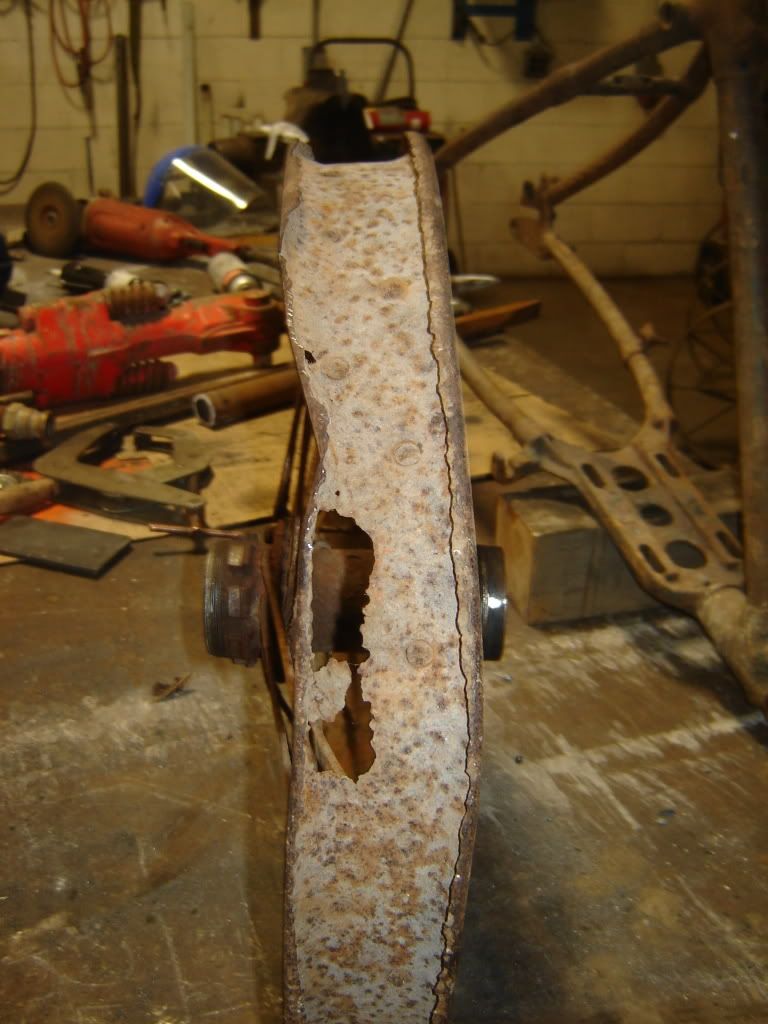
I was a bit surprised when I got the brake removed that it actually spun and quite freely. The real surprise however was when I removed the bearings, axle and the axle sleeve. After 50 years of sitting out in a farmers cow pasture in northern Wisconsin, not a single drop of moisture had been able to penetrate the seals. Internally the hub was absolutely perfect and really show signs of having been a low mile bike. Lucky for me that old farmers probably ruined more stuff by over greasing than not - made an excellent cosmoline.
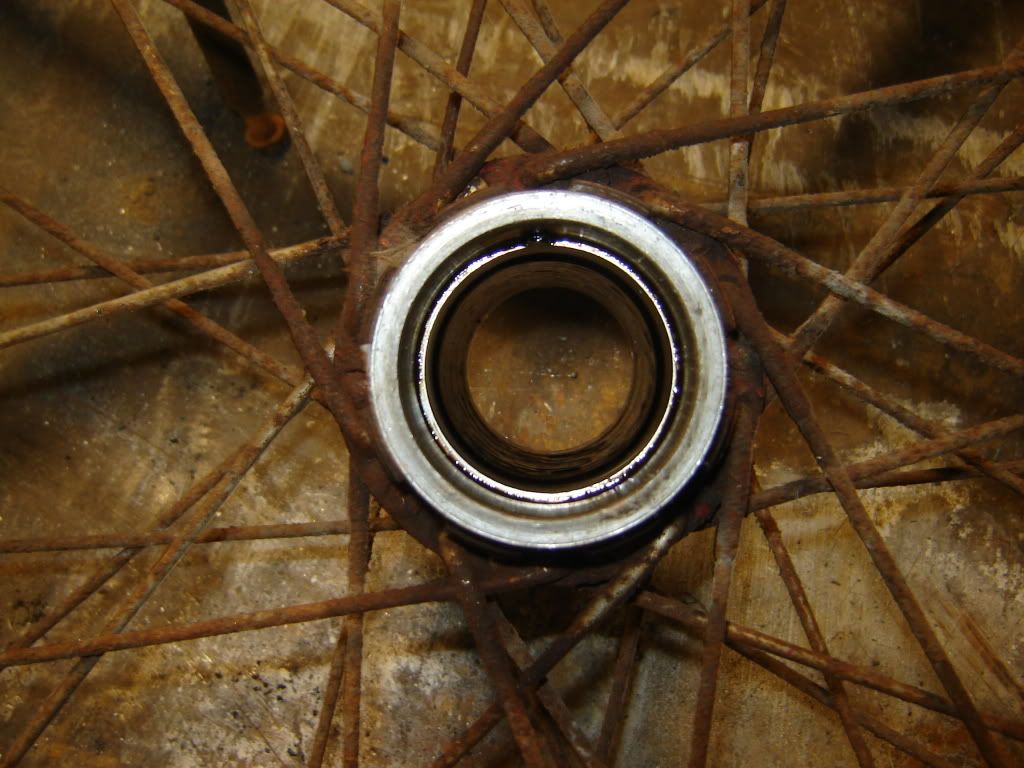
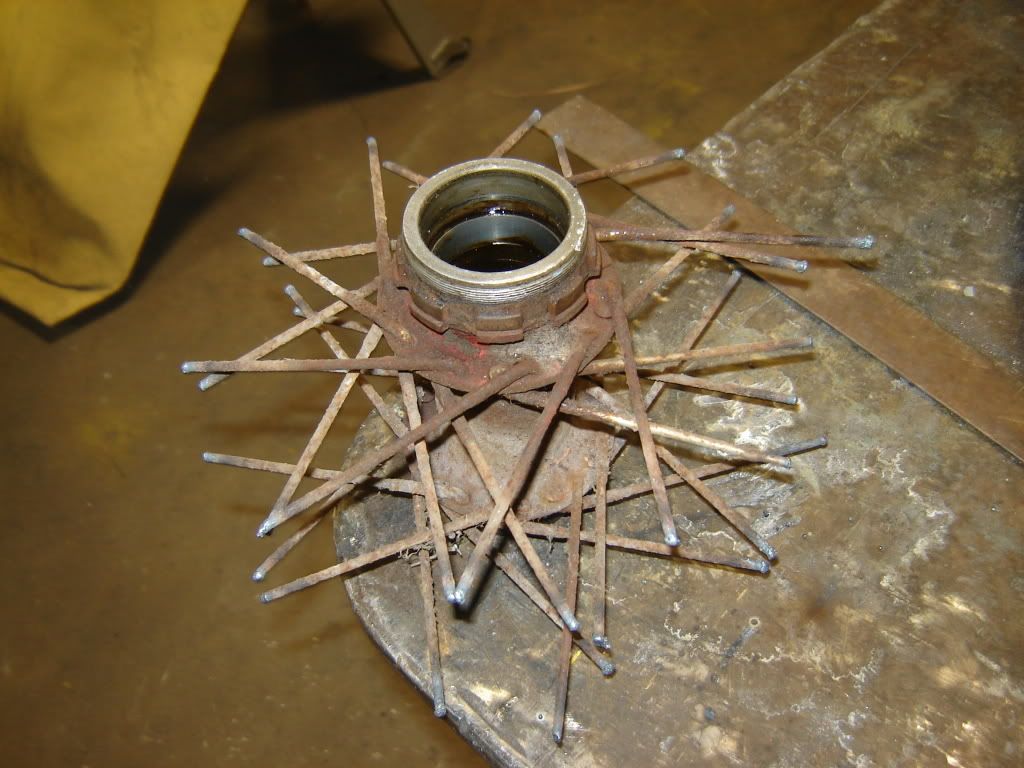
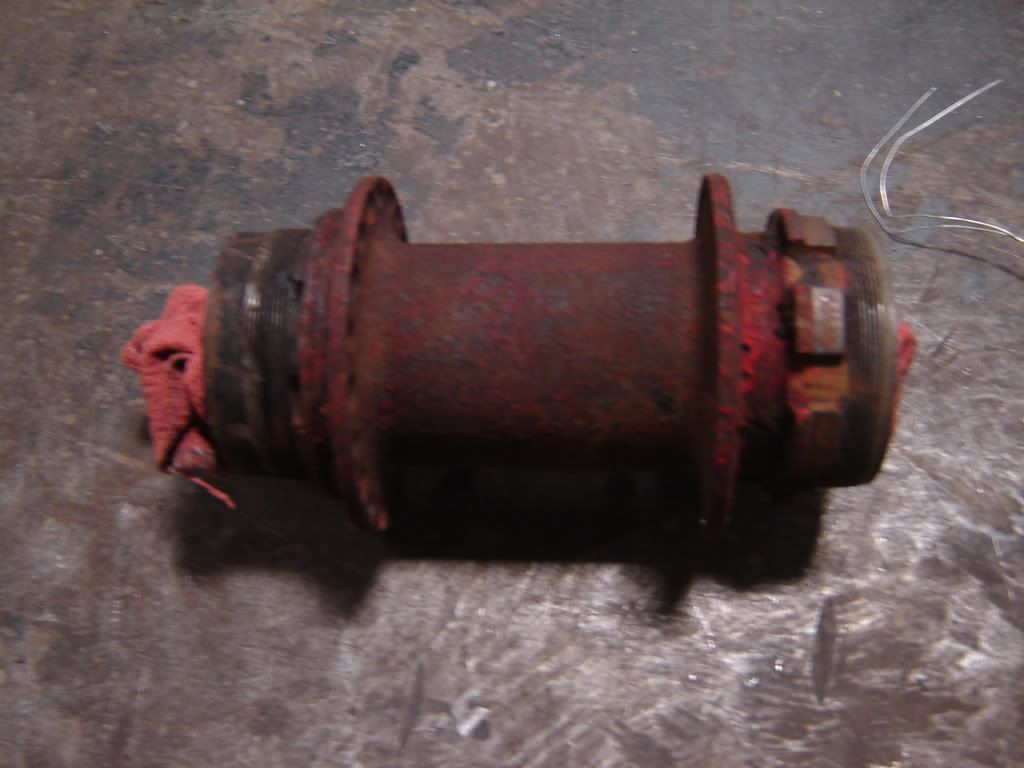
I had actually purchased another wheel assembly from Tom Sheldon but now I will have a spare. I am going to lace the hubs up to 19" VL rims.
Jerry
Had a pleasant surprise recently. Here is a picture of my rear wheel not too long after it was removed from the frame. The wheel was stuck solid so I just figured that the bearling and hub were junk.


I was a bit surprised when I got the brake removed that it actually spun and quite freely. The real surprise however was when I removed the bearings, axle and the axle sleeve. After 50 years of sitting out in a farmers cow pasture in northern Wisconsin, not a single drop of moisture had been able to penetrate the seals. Internally the hub was absolutely perfect and really show signs of having been a low mile bike. Lucky for me that old farmers probably ruined more stuff by over greasing than not - made an excellent cosmoline.



I had actually purchased another wheel assembly from Tom Sheldon but now I will have a spare. I am going to lace the hubs up to 19" VL rims.
Jerry

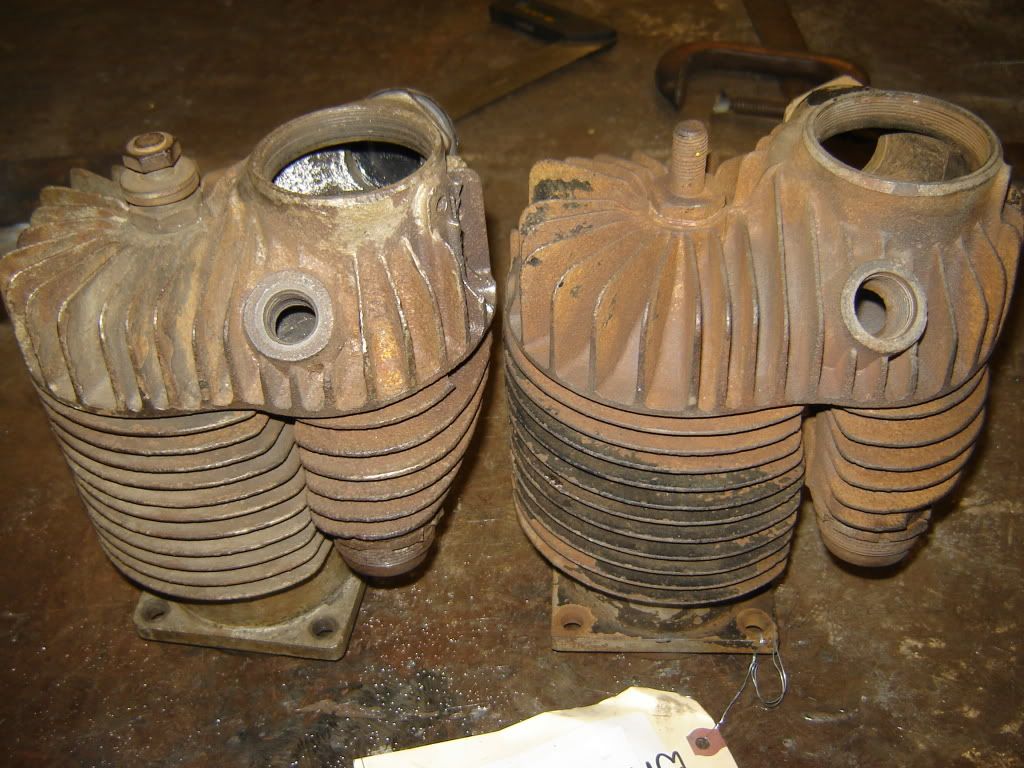
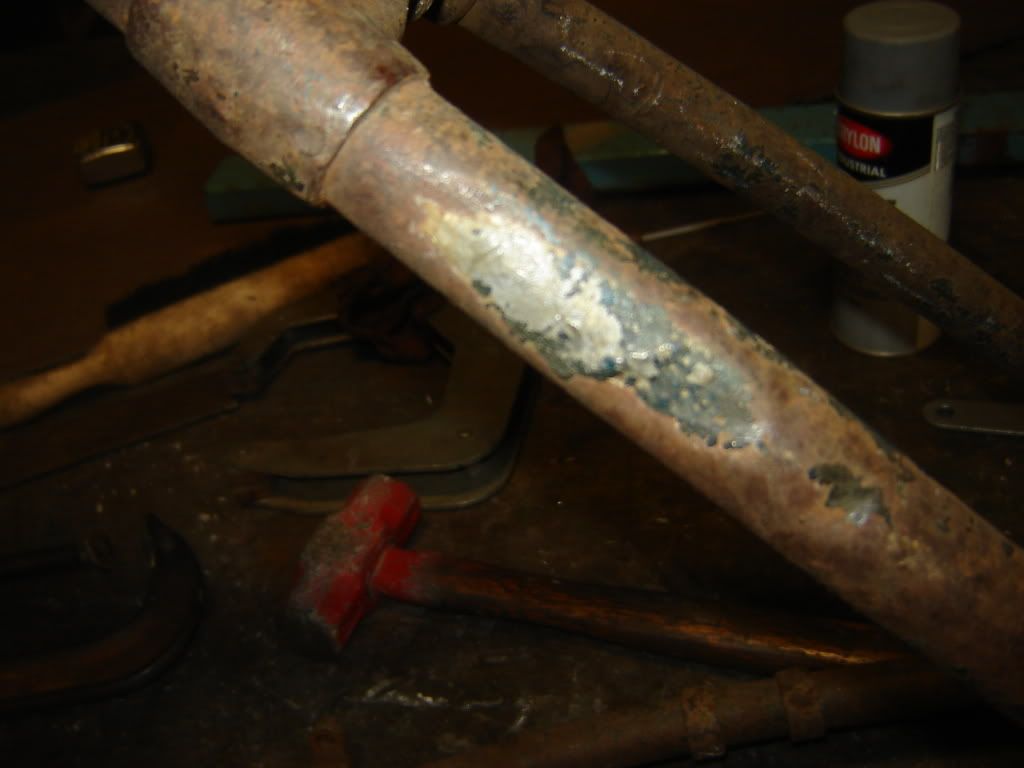
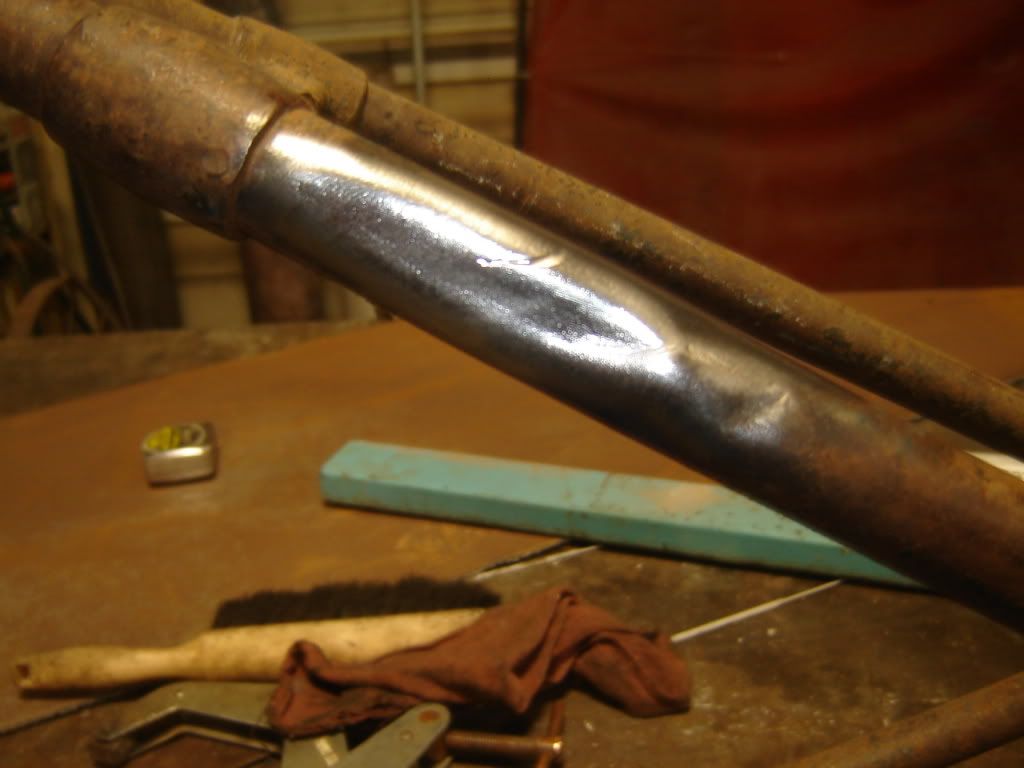
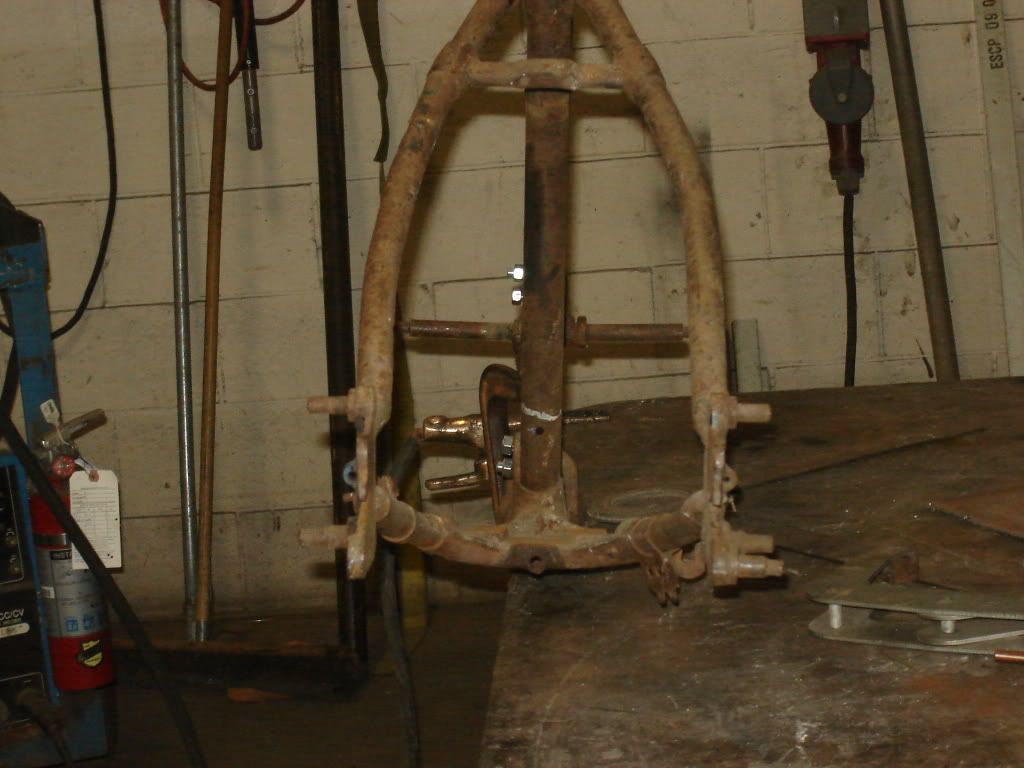
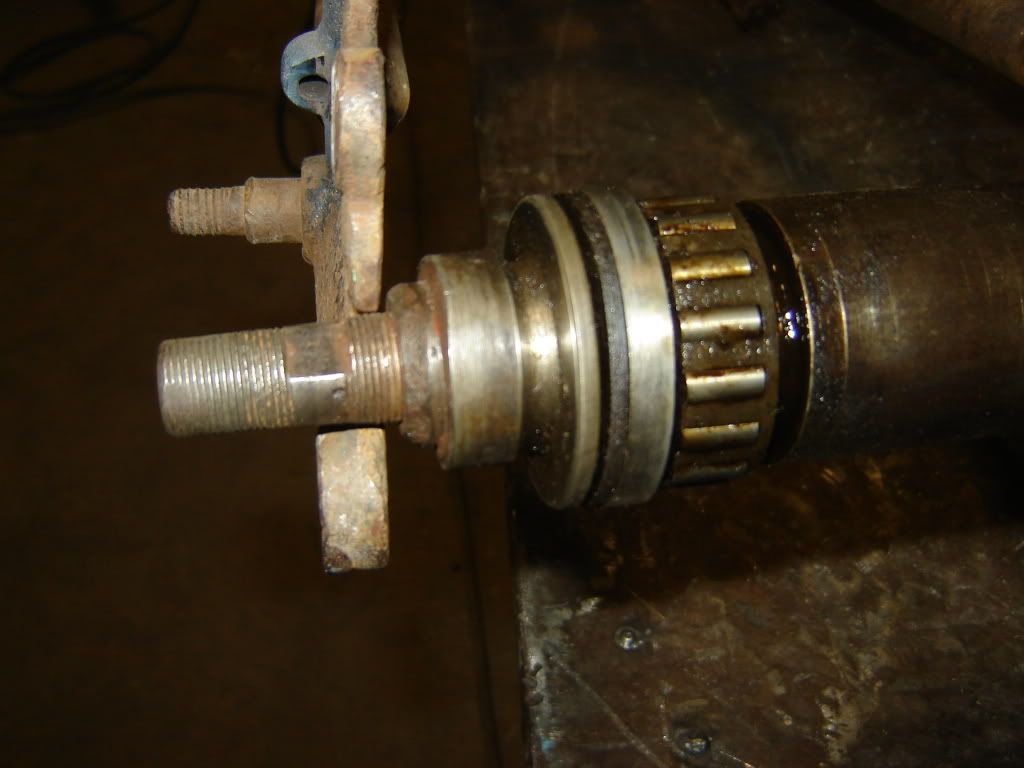

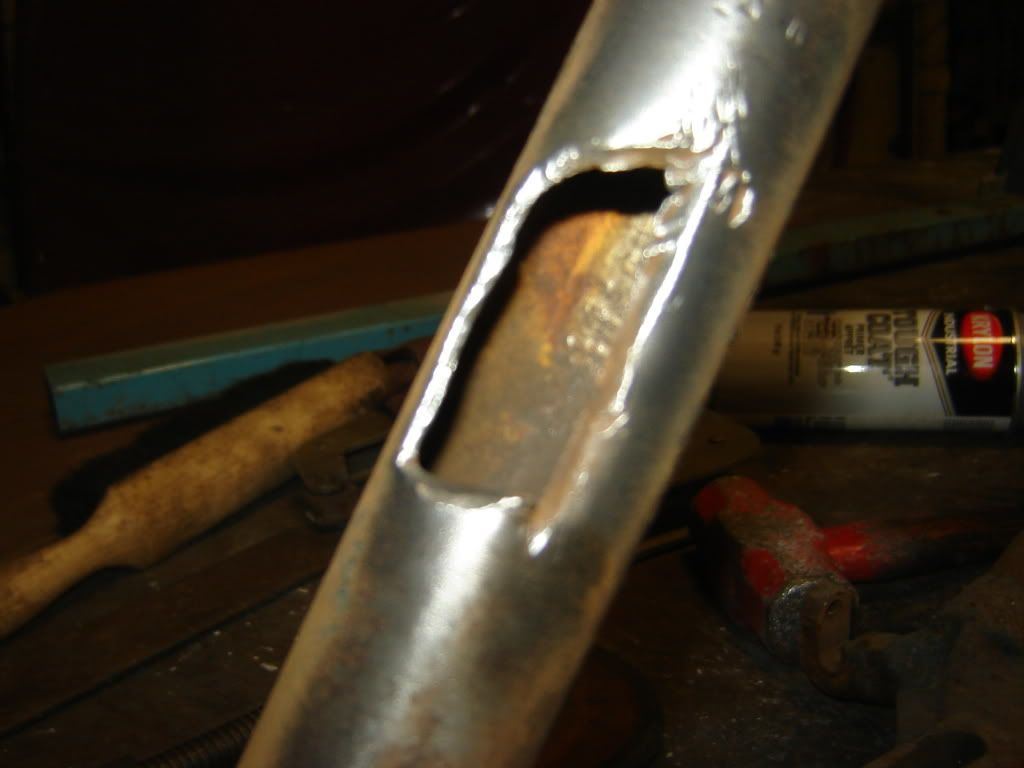
 Thank-you for taking us along for the rebuild ride. Very interesting stuff.
Thank-you for taking us along for the rebuild ride. Very interesting stuff.
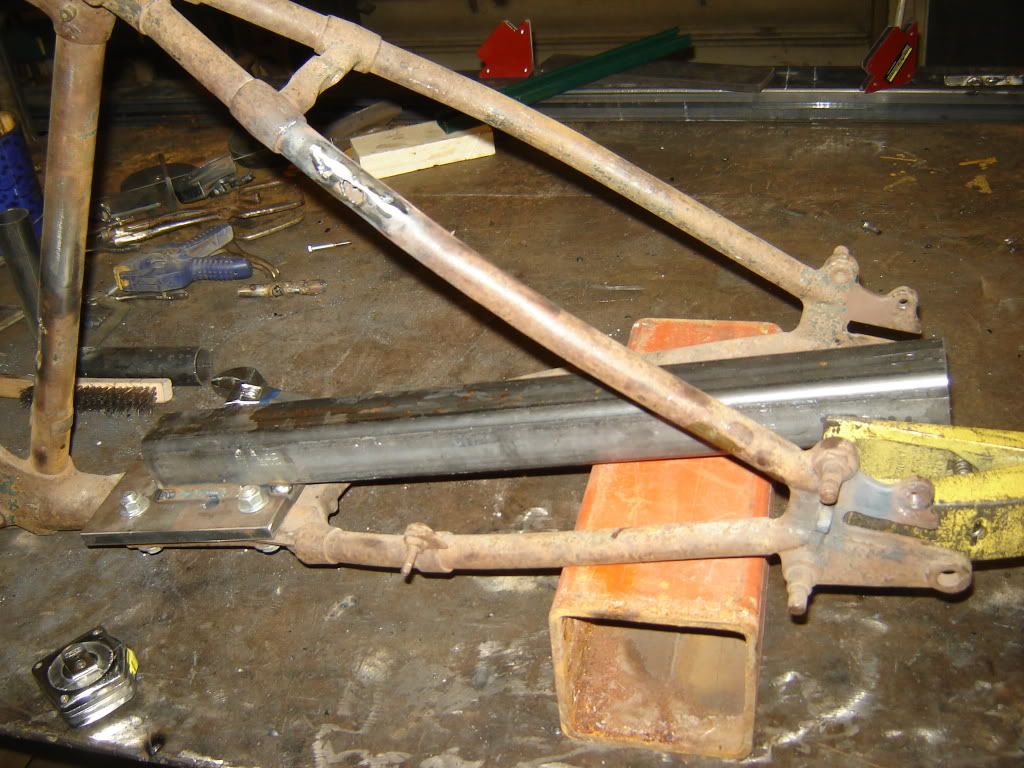
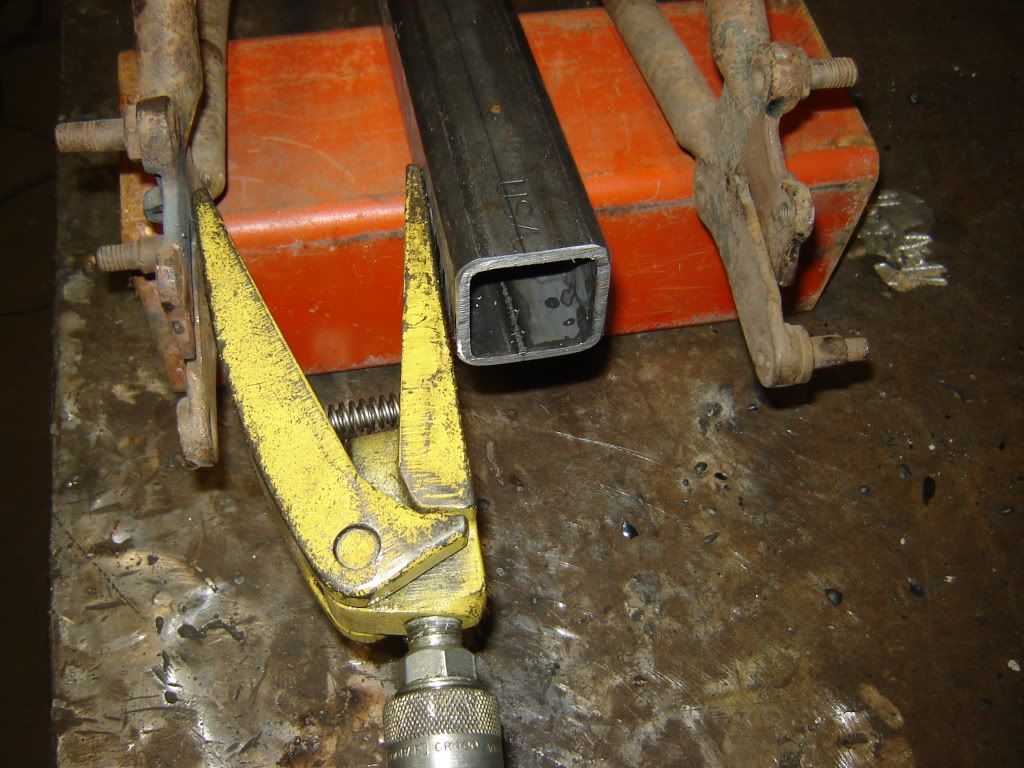

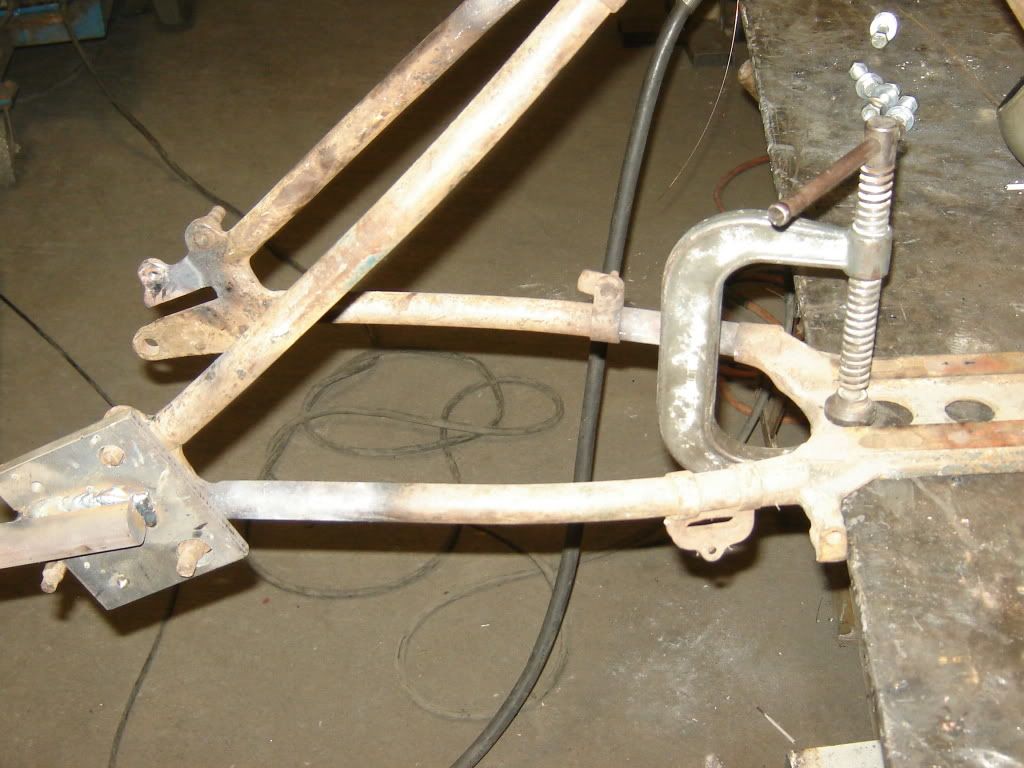
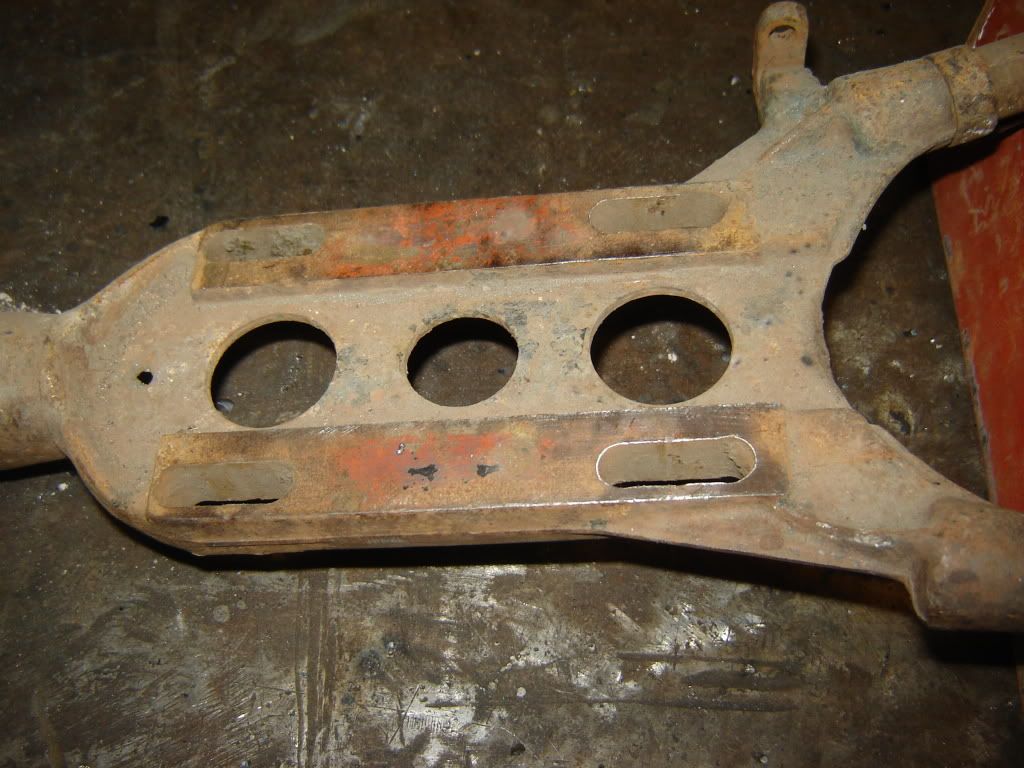
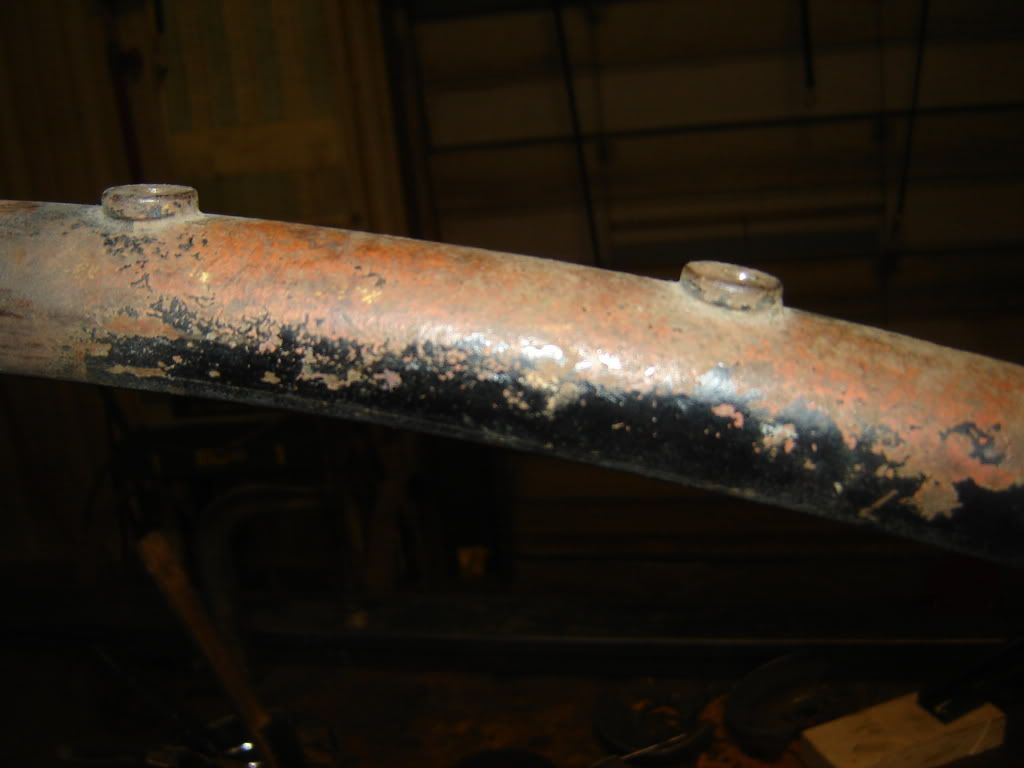
Comment